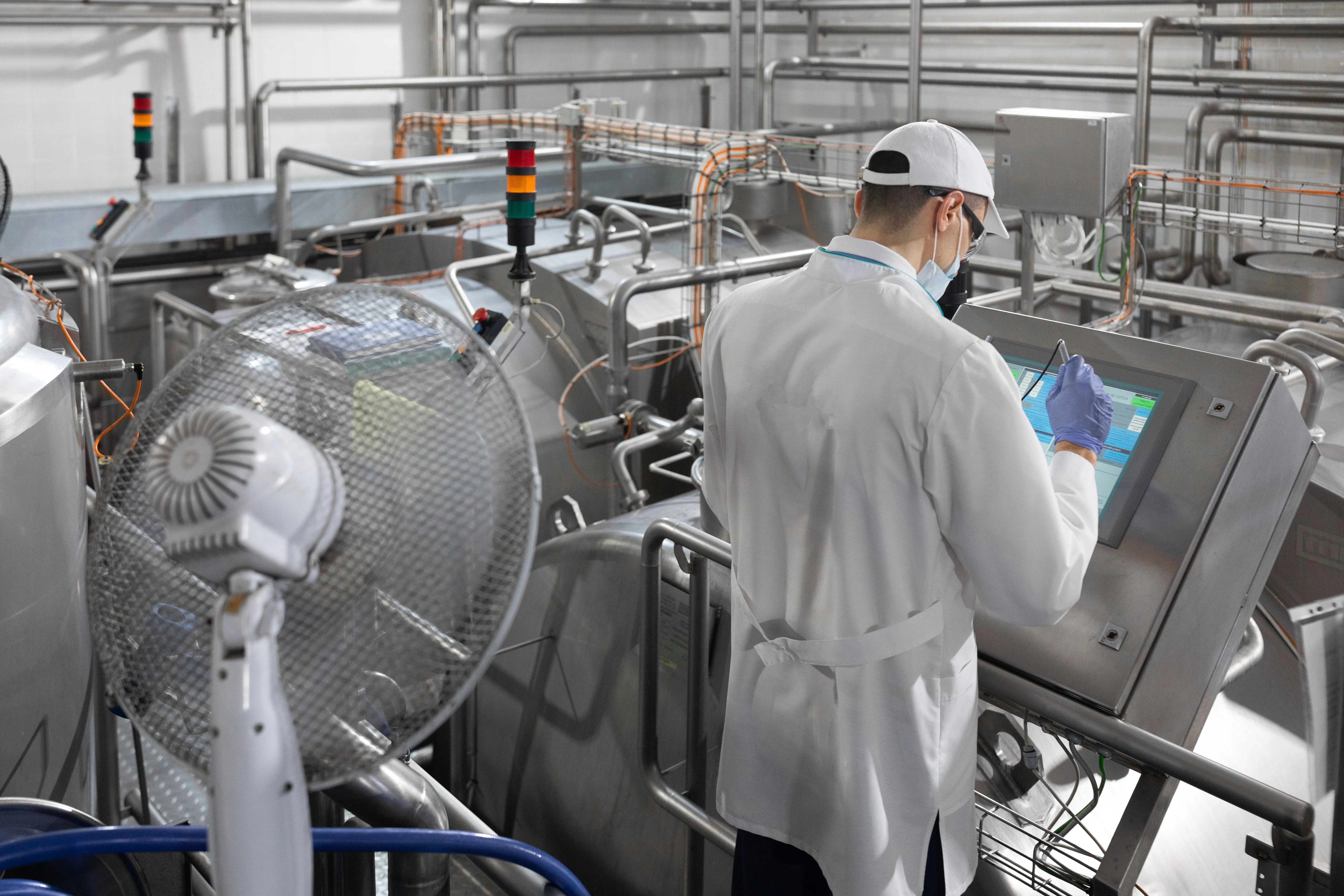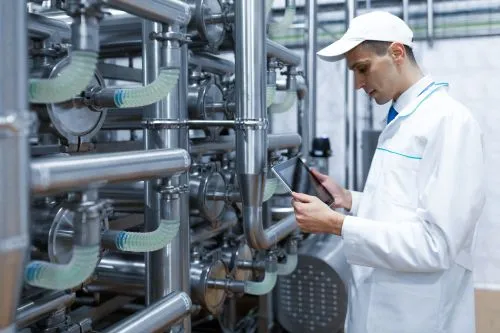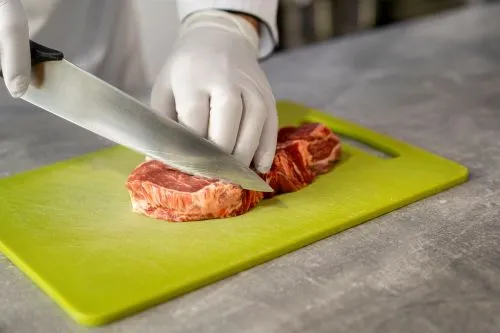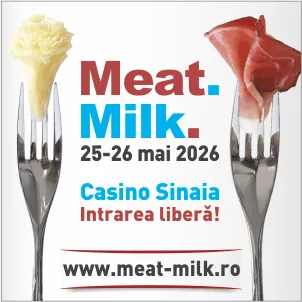
Harnessing the Power of Artificial Intelligence and Poultry Workers' Expertise to Enhance Bird Welfare
A new project launched by Harper Adams University in the UK, cited by PoultryWorld, aims to leverage artificial intelligence (AI) and the knowledge of poultry workers to improve bird welfare.
Multifaceted Research
Researchers are collaborating with data technology company Optifarm to enhance poultry welfare assessments—working both remotely and on-site in commercial poultry units.
Additionally, they will conduct social science research, engaging with farm personnel to understand the challenges they face in making welfare-related decisions. The project also aims to identify the most effective ways to present data, ensuring that workers make the best possible decisions.
The initiative will explore the use of language models to translate complex data into clear management actions.
Enhancing Animal Welfare and Operational Efficiency
David Spellar, CEO of Optifarm, stated that the company’s mission is to combine AI capabilities with practical farm insights that enhance both animal welfare and operational efficiency.
"Collaborating with Harper Adams University on this project is an exciting opportunity to further validate our AI engine and its algorithms while introducing social sciences into the use of AI language models.
We look forward to exploring how AI language models can be adapted to communicate with farmers in a way they readily accept and relate to, ensuring seamless integration of AI insights and responsive on-farm actions—ultimately leading to improvements for both animals and farm businesses."
Barriers for Poultry Workers
Recent research from Purdue University in the US has indicated that while AI offers an automated, viable, and efficient means of monitoring poultry welfare, its farm-level implementation has been limited.
A study published in January in the journal Animal Frontiers identified several barriers for poultry workers:
- Translation of research into practice
- Technological limitations
- Variability in animal environments
- Consumer perspectives
- Hesitation in adopting AI
- Financial implications
The study concluded that collaboration among producers, researchers, consumers, policymakers, and poultry companies is essential to ensure the successful transfer of AI technology from laboratories to industry for on-farm application.
Understanding Farmers' Challenges
Dr. Laura Palczynski, project lead at Harper Adams University, emphasized that engaging with farmers and other stakeholders is crucial to uncovering the challenges they face when making data-driven welfare decisions. How this data is presented significantly influences decision-making.
"My previous research indicates that it’s not just what you say, but how you say it when advisors work with farmers. It will be fascinating to explore how this applies when recommendations come from artificial intelligence," Palczynski said.
Advancing Poultry Welfare
Dr. Holly Vickery, a lecturer in animal behavior and welfare, will analyze Optifarm data from poultry farms to identify ways in which it can be utilized to improve bird welfare.
"We will investigate the connections between poultry welfare and data collected from Optifarm systems already in place on poultry farms, allowing us to adopt a data-driven approach to improving animal welfare."





